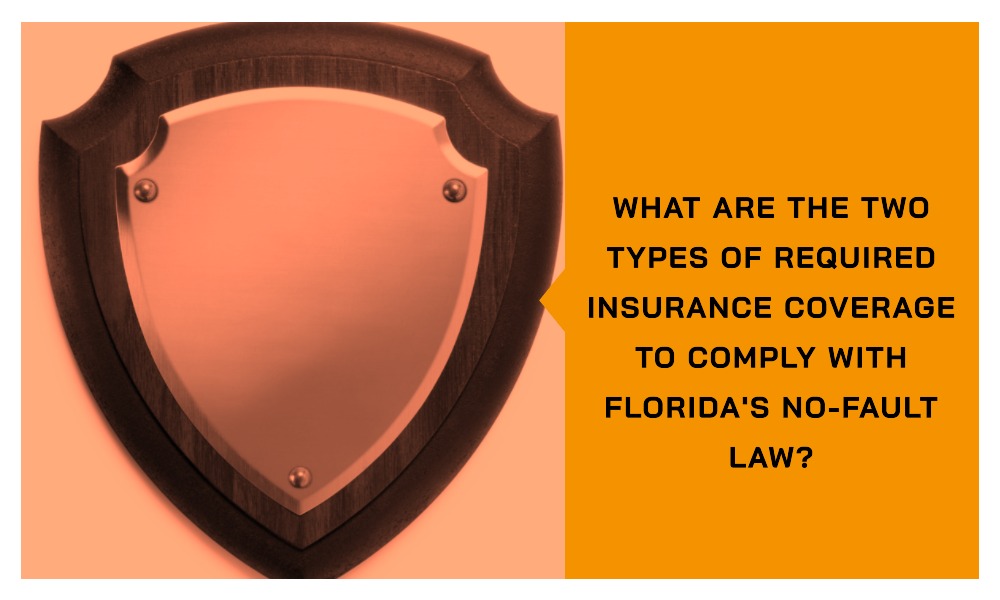Understanding Florida’s No-Fault Insurance System
Before diving into specifics, let’s familiarize ourselves with the term “No-Fault” insurance. Essentially, regardless of who is at fault in a car accident, each driver’s own insurance will cover their medical expenses and other damages. The purpose behind this system is to decrease the number of minor lawsuits, allowing for quicker compensation and less congestion in the court system.
The Two Mandatory Types of Insurance Coverage
Florida mandates two principal types of coverage to adhere to the No-Fault system:
-
Personal Injury Protection (PIP):
- Definition and Purpose: PIP, often called “Florida No-Fault Insurance,” safeguards drivers by covering medical costs after an accident.
- Coverage Details: It encompasses medical expenses, lost wages due to injury, and even funeral costs. It ensures that, post-accident, drivers and their passengers receive immediate medical attention without waiting for insurance companies to determine fault.
- Limitations and Exclusions: While beneficial, PIP won’t cover 100% of medical costs or lost wages. Typically, it covers 80% of medical bills and 60% of lost wages, with the insured being responsible for the remainder.
- Required Minimum: Florida law necessitates a minimum of $10,000 in PIP coverage.
-
Property Damage Liability (PDL):
- Definition and Purpose: PDL covers the damage you, the policyholder, may cause to another individual’s property, including their vehicle.
- What it Covers: Beyond vehicular damage, it can include landmarks, houses, fences, or any tangible property damaged in an accident.
- Instances When PDL Comes into Play: If you’re deemed at fault in an accident, PDL helps ensure the other party’s property repair or replacement costs are covered.
- Required Minimum: Just like PIP, the law demands at least $10,000 in PDL coverage.
Consequences of Non-Compliance
Opting to drive without these mandated coverages can be costly. Non-compliance can lead to severe legal penalties, including hefty fines, license suspension, and even vehicle impoundment. Financially, if you’re found at fault in an accident and lack the necessary coverage, you could face significant out-of-pocket expenses. Moreover, future insurance premiums might skyrocket, making it even more expensive in the long run.
Additional, Yet Optional, Coverages
While PIP and PDL are mandatory, they don’t cover all potential costs post-accident. Hence, many Florida drivers choose additional policies:
- Bodily Injury Liability: Covers injury-related expenses for the other party if you’re at fault.
- Collision Coverage: Pays for your vehicle’s repairs irrespective of fault.
- Comprehensive Coverage: Protects against non-accident damages, like theft or natural disasters.
- Uninsured/Underinsured Motorist Coverage: Helpful when the at-fault driver lacks sufficient insurance.
Conclusion
Navigating Florida’s No-Fault insurance law can seem daunting, but understanding its mandatory requirements is pivotal. By ensuring you have the necessary PIP and PDL coverages, you not only adhere to state regulations but also equip yourself with a safety net for unpredictable road mishaps. Going a step further and considering additional coverages can offer a comprehensive shield, granting peace of mind on Florida’s bustling roads.

